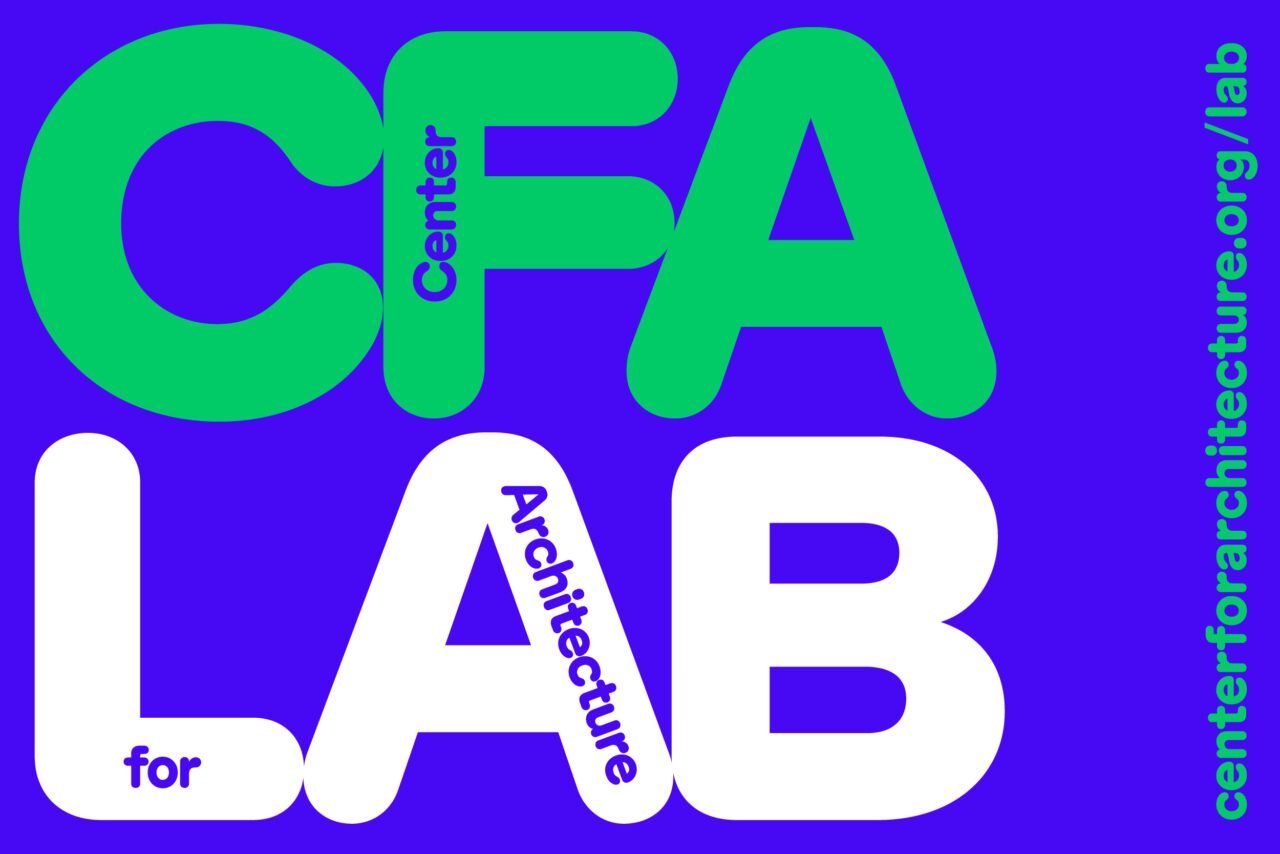For Firms
Human Rights Campaign
By inspiring and engaging individuals and communities, the Human Rights Campaign strives to end discrimination against LGBTQ+ people and realize a world that achieves fundamental fairness and equality for all. HRC envisions a world where lesbian, gay, bisexual, transgender and queer people plus community members who use different language to describe identity are ensured equality and embraced as full members of society at home, at work and in every community.
Workplace Resources
Employer Resources
Talking about Pronouns in the Workplace
Corporate Equality Index
Out & Equal
Out & Equal is the global convener, thought leader and catalyst actively working to achieve workplaces of equality and belonging - supporting LGBTQ+ employees and leaders who thrive in their careers and lives and achieve greater impact on the world.
Intersex Equality
NGLCC
National LGBTQ Chamber of Commerce
Society for Human Resource Management
Using Preferred Pronouns
LGBTQ Inclusion in the Workplace
Business Case for Supportive LGBTQ Policies
Ensuring Workplace Inclusion
Practice Management Resources
Employee Resource Groups
Establishing an Employee Resource Group
Boston College : ERG Structure and Guidance Toolkit
Speak OUT - Starting an ERG
Effective ERGs are Key
From Architecture + AEC Firms
Perkins + Will - Creating a Culture of J.E.D.I.
Henderson Engineering - Why we are sharing our Pronouns
McKinsey & Company
LGBTQ+ Voices : Learning from Lived Experiences
New research reveals the challenges that LGBTQ+ employees face, and six ways to help them bring their authentic selves to work. [Access a PDF of the full report here]
LGBTQ Community in the Workplace
Gallup
LGBTQ+ Demographics from Gallup polling
Williams Institute
The Williams Institute is the leading research center on sexual orientation and gender identity law and public policy. We ensure that facts — not stereotypes — inform laws, policies, and judicial decisions that affect the LGBT community.
Business Impact of Supportive LGBTQ Policies
Design + Research
Q:Dream : Home
QUEERIES: Designing Reality Equitably and Madly, aka Q:DREAM, will spotlight New York City’s queer architects, designers, organizations, and places at different scales, with a participatory component for queer folks to recognize and celebrate the spaces they call home. Designing Reality creates space for imagining worlds where queer folks have autonomous agency over their lives, while Equitably and Madly expresses parallel principles of equity of access, pride, and extraordinary imagination. Multimedia storytelling and queer data analysis will expand the frame of “home” to encompass queer families, support networks, spaces of one’s own, privacy, security, and stability. Through the course of the residency, Q:DREAM will begin to build a living archive that documents and celebrates queer designers, their work, and their desires.
Q:DREAM, as a research-creation process1 and queer data analysis2 project, seeks to queer3 the architectural discipline by telling new (queer) stories of home in new (queer) ways, which demand new modes of assessment and accountability. The seeds of critical and speculative imaginations required to trouble status quo ways of working and designing in architecture exist—what they need is incubation.
Designing Beyond the Binary
Designing Beyond the Binary is an interdisciplinary study of gender equity in the built environment. Through this survey we aim to better understand the lived experiences of trans, nonbinary, gender nonconforming, queer individuals, and communities as they navigate everyday spaces.
Stalled!
Stalled! takes as its point of departure national debates surrounding transgender access to public restrooms to address an urgent social justice issue: the need to create safe, sustainable and inclusive public restrooms for everyone regardless of age, gender, race, religion and disability. Stalled! addresses this issue through lectures and workshops, writings and interviews, design guidelines and prototypes.
Parlour + NCC All Gender Inclusive Bathroom
”Reducing gender identity down to our bodies or clothing is exactly what traditional bathroom way-finding signage does; the silhouettes of male and female reinforce outdated gender stereotypes. More seriously are how these symbols present people with a choice based upon our bodies, when really, all people want is to use a bathroom in comfort and safety.
Architects and spatial designers, together with consultants and clients, can do their bit to change this. Let‘s push this conversation and lobby industry, architects and services consultants to implement better codes and standards of signing bathrooms that is respectful and inclusive.”
~ Simona Castricum



